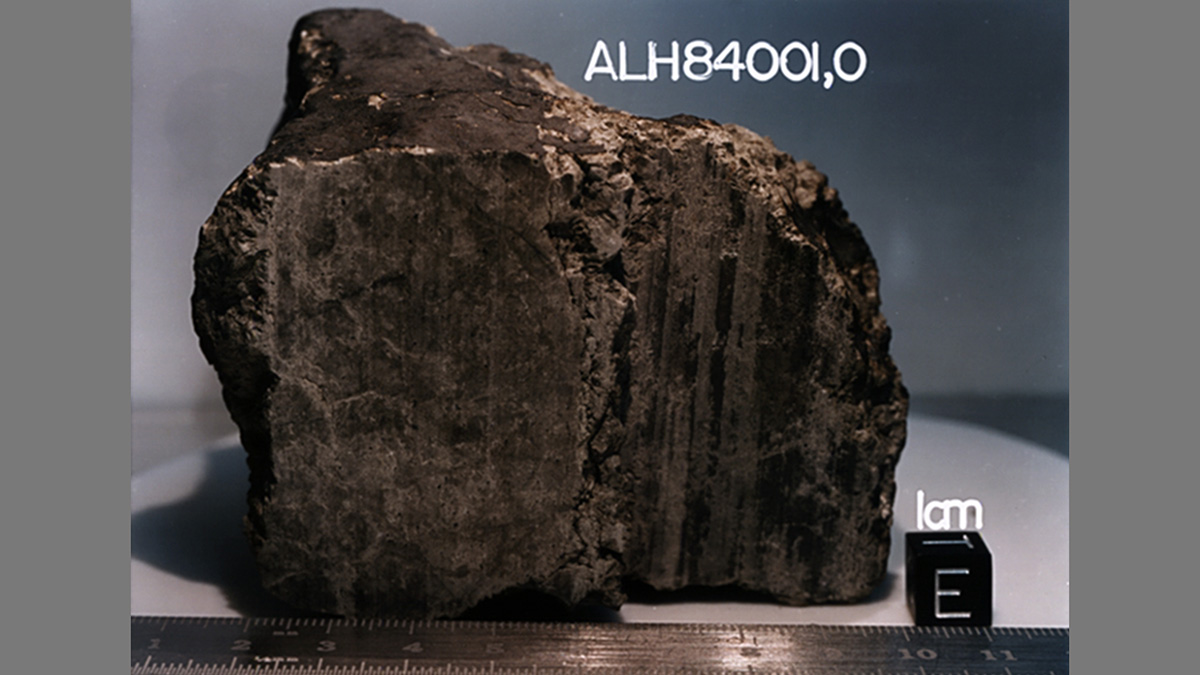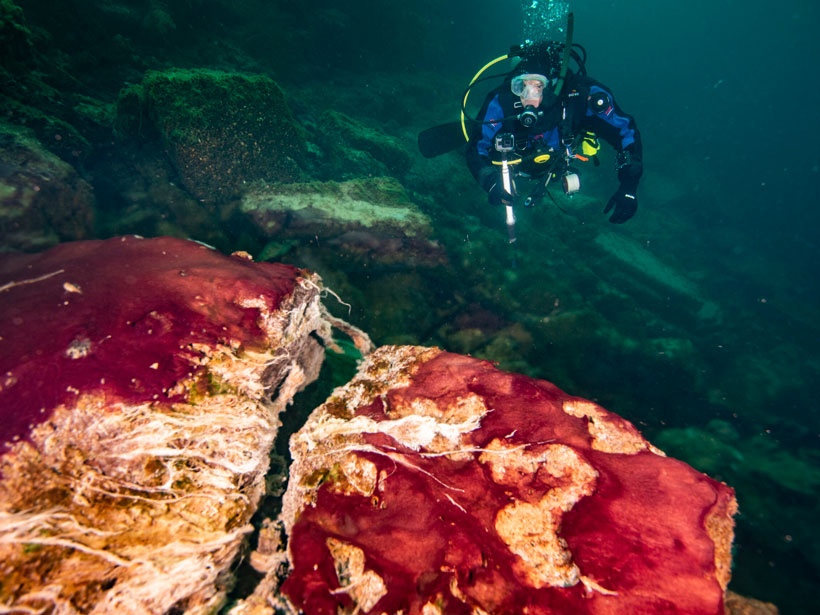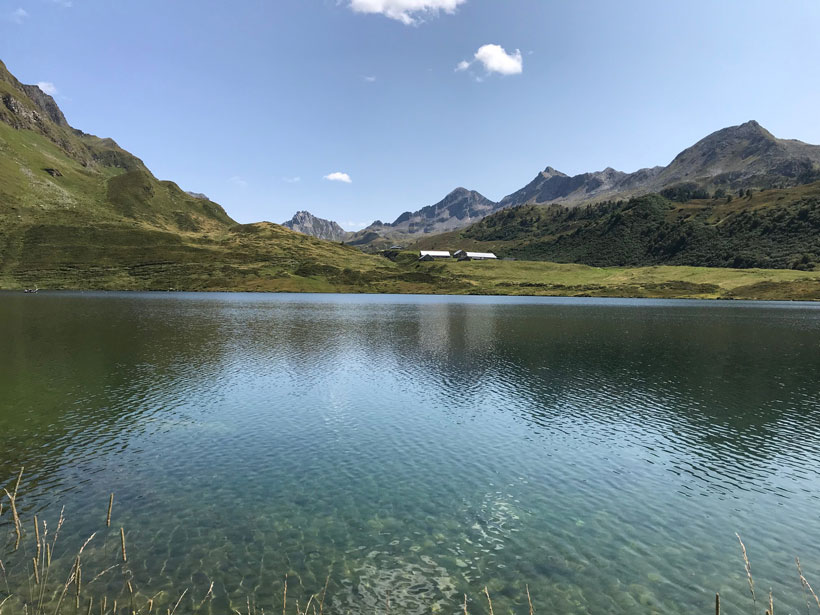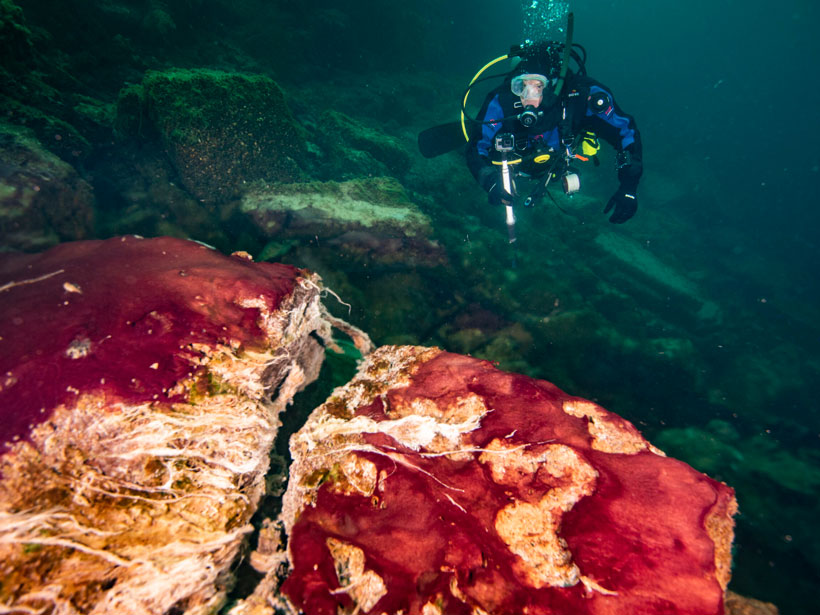Organic molecules on a Martian meteorite have fueled nearly 30 years of scientific debate. New evidence suggests they were formed by Martian processes, offering more support for a once habitable environment on the Red Planet.
life as we know it
Scientists Turn Back Time to Track Methane Emissions on Mars
Period spikes of methane on Mars could originate inside Gale crater, where NASA’s Curiosity rover is currently exploring.s
Oldest Pole Reversal Shows Early Earth Was Well Suited for Life
Australian rocks 3.25 billion years old preserved the oldest signs of Earth’s stable magnetic field and quickly moving crust, critical elements of life’s evolution.
Tubos de lava terrestres podrían ofrecer información sobre la vida extraterrestre
Una nueva investigación encuentra que Actinobacteria en cuevas de lava fijan carbón y sobreviven independientemente de aportes superficiales, ofreciendo una nueva perspectiva en la investigación de la vida fuera de la Tierra.
Extinct Style of Plate Tectonics Explains Early Earth’s Flat Mountains
The geologic record suggests that despite Earth’s hot, thin crust during the Proterozoic, mountains were still able to form thanks to an extinct style of crustal deformation.
Días más largos probablemente incrementaron el oxígeno temprano de la Tierra
Tapetes microbianos en el sumidero del Lago Huron, combinado con modelado, sugiere que el cambio en duración del día de la Tierra podría haber jugado un rol principal en la oxigenación de la atmósfera.
Purple Bacteria Fix Nitrogen in Proterozoic-Analogue Lake
A new study challenges the assumption that cyanobacteria were the only major nitrogen fixers in the Proterozoic eon.
Earthly Lava Tubes May Offer Insights into Extraterrestrial Life
New research finds that Actinobacteria in lava caves fix carbon and survive independent of surface inputs, offering a fresh perspective in the search for life beyond Earth.
Longer Days Likely Boosted Earth’s Early Oxygen
Microbial mats in a Lake Huron sinkhole, combined with modeling work, suggest that the changing length of Earth’s day could have played a key role in oxygenating the atmosphere.
Ashley Lindalía Walker: Leading a Celebration of Black Scientists
Astronomer bridges academic and social media outreach.










